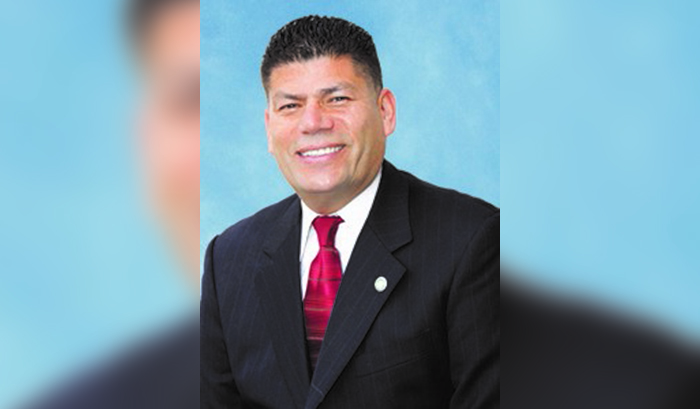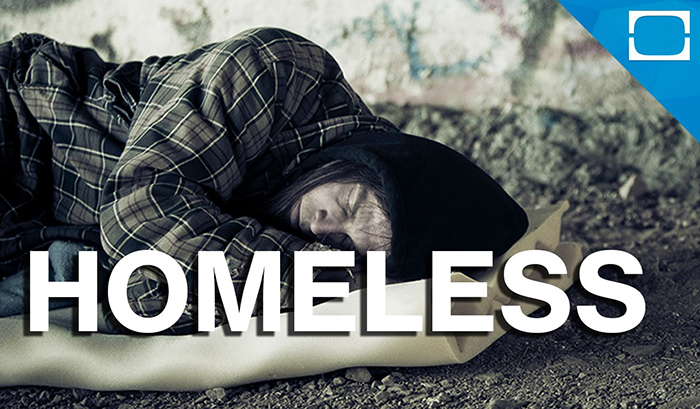Hours before the City Council votes on a new red-light camera agreement at tonight’s 7 o’clock meeting, activists were swirling overhead, hoping, begging to change minds.
Not likely.
With the expected unanimous approval of a contract at hand, no one in Culver City is wagering on the chances of overturning this entrenched, and fairly unpopular concept.
Out-of-town activists are bombarding Council members with mercy pleas.
But around City Hall this morning, no one familiar with the five personalities on the Council has sniffed any notion that the cameras are in trouble.
“Everyone I know believes the red light cameras are both effective and justified,” one spokesperson told the newspaper.
Among the lobbying messages circulated to Council members was this one from one Surez Bazaj (http://www.meetup.com/Red-Light-Camera-Protest-Group-of-Southern-Alameda-County/members/79251662/ )
“It is disappointing to see that the Council is being asked to make a decision based on a report that does not provide all the facts regarding the red light camera effectiveness and a cost benefit analysis. The report simply makes assertions and asks the Council to approve a five-year contract without any escape clause before the end of year three.
“The Fiscal Analysis section is completely silent on the matter of costs imposed on the residents of and visitors to Culver City. The report seems to assert that more tickets correct driver behavior without any data to support it.
Contrast this with the methodical and fact based approach taken by the Hayward police chief. Her report to city council on March 5, 2013, provided the following summary:
“‘Various studies conducted over the past seven years present somewhat of a consensus that agencies using red light camera systems experience anything from negligible to substantial reductions of broadside accidents in light-controlled intersections with cameras. However, these same studies also revealed a concern regarding increases of rear-end collisions at camera-equipped intersections. To date, thirty-four California cities have decided to drop their red light camera programs citing a variety of concerns ranging from substandard evidence of traffic safety to the cost prohibitive burden of running an expensive system with little to no evidence of effectiveness.
“In October 2011, the Hayward Police Department initiated a more interactive and reliable approach. Staff used data analysis to identify the top five intersections in Hayward where crashes of all types had been occurring. Led by this data, especially after the implementation of the new records management system… The in-person interaction between motorists and officers lends an advantage to officers’ discretion as to the best way to correct driver behavior beforehand and actually prevent accidents from occurring. As a result, staff is recommending phasing out the red light camera program as described herein.”
Jay Beeber, describes as executive director of Safer Streets L.A., in part told Council members:
“Without reviewing your city's current signal timing protocols, I cannot currently advise you as to how these changes, which will generally result in somewhat longer yellow change intervals, might affect the signal timing in your town. However, it is our belief that the new requirements will likely result in some increase in the yellow interval at most intersections throughout the state.
“Since longer yellow intervals, even increases as small as 0.3 second, have been shown to reduce the incidence of red light running by as much as 40 percent to 70 percent, any changes required at your red light camera intersections will likely reduce the number of violations captured by the photo enforcement system. This is, of course, a good thing as the goal of any red light camera program is to reduce the number of motorists who run the red light, regardless of whether the violation is willful or unintentional. This may also reduce the amount of fine revenue generated by the citations issued and which has been subsidizing the program.”






